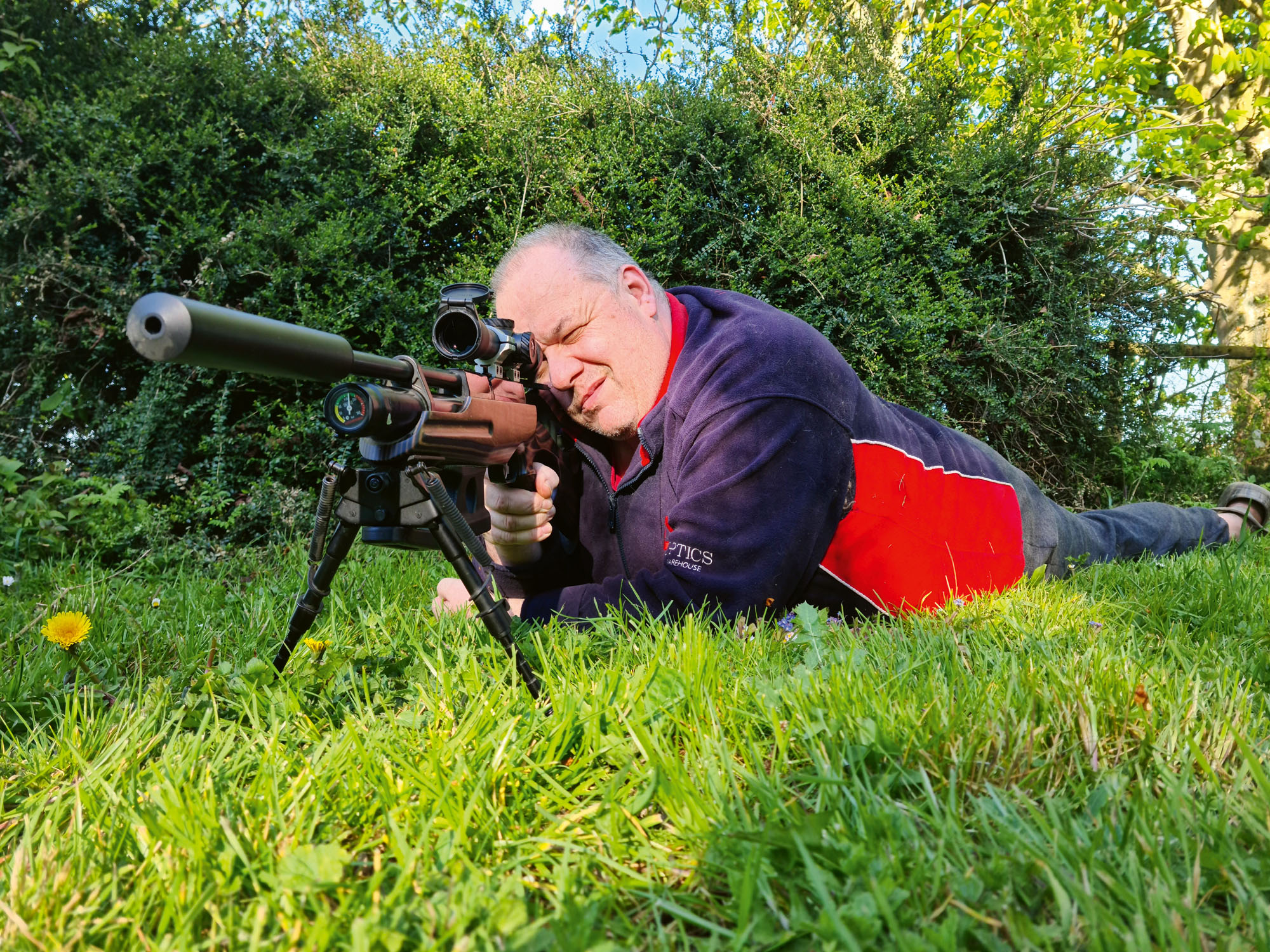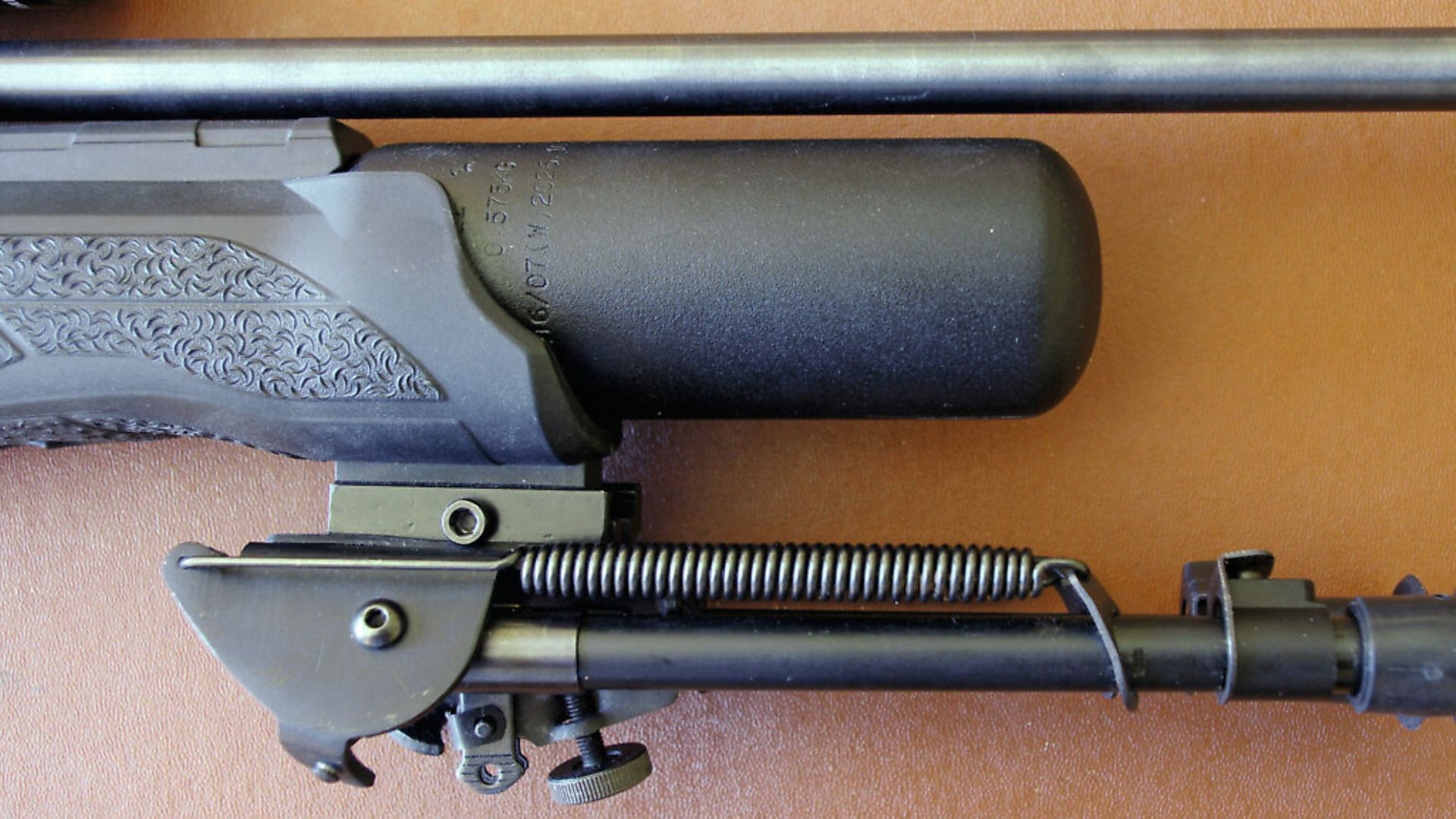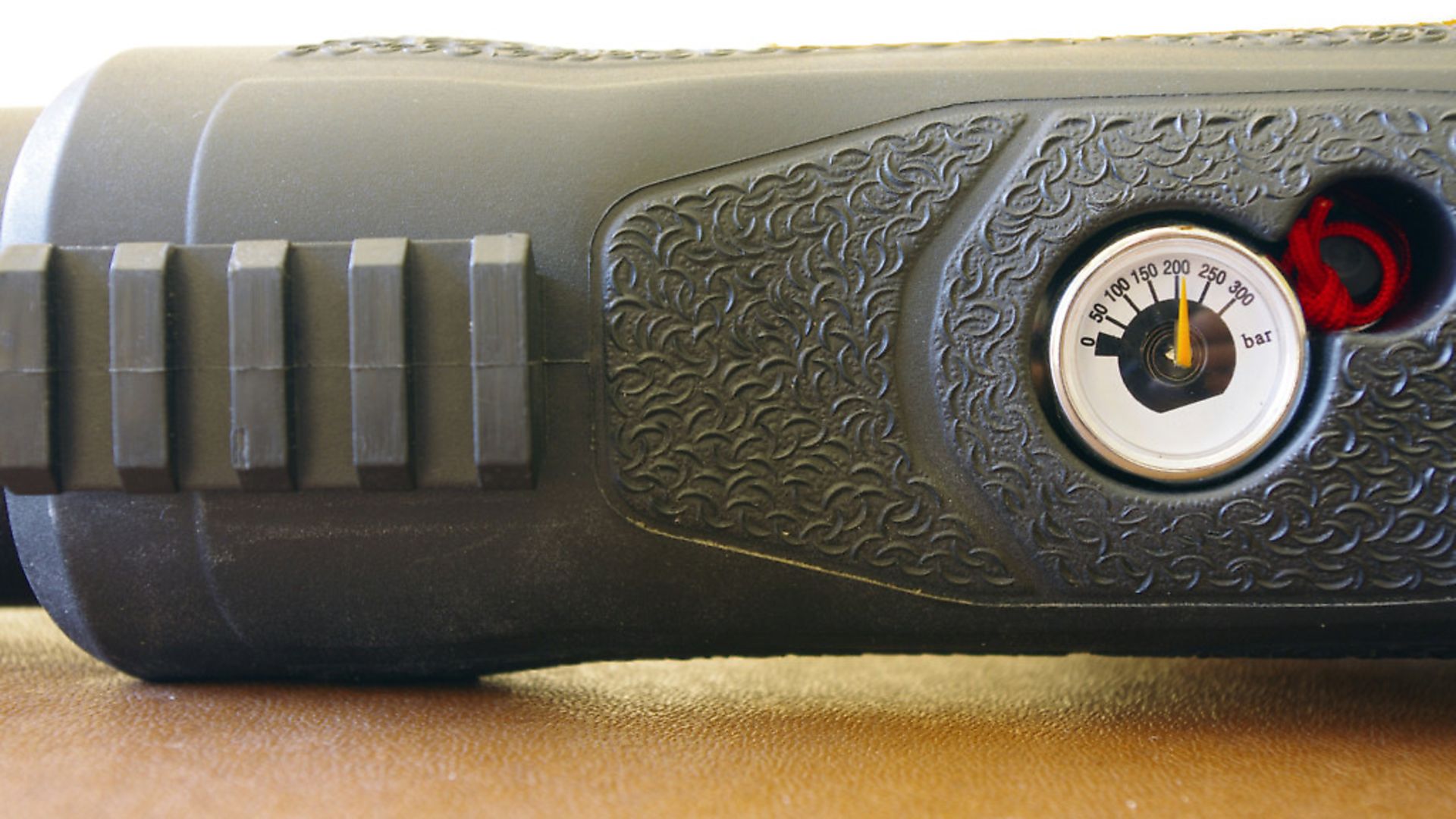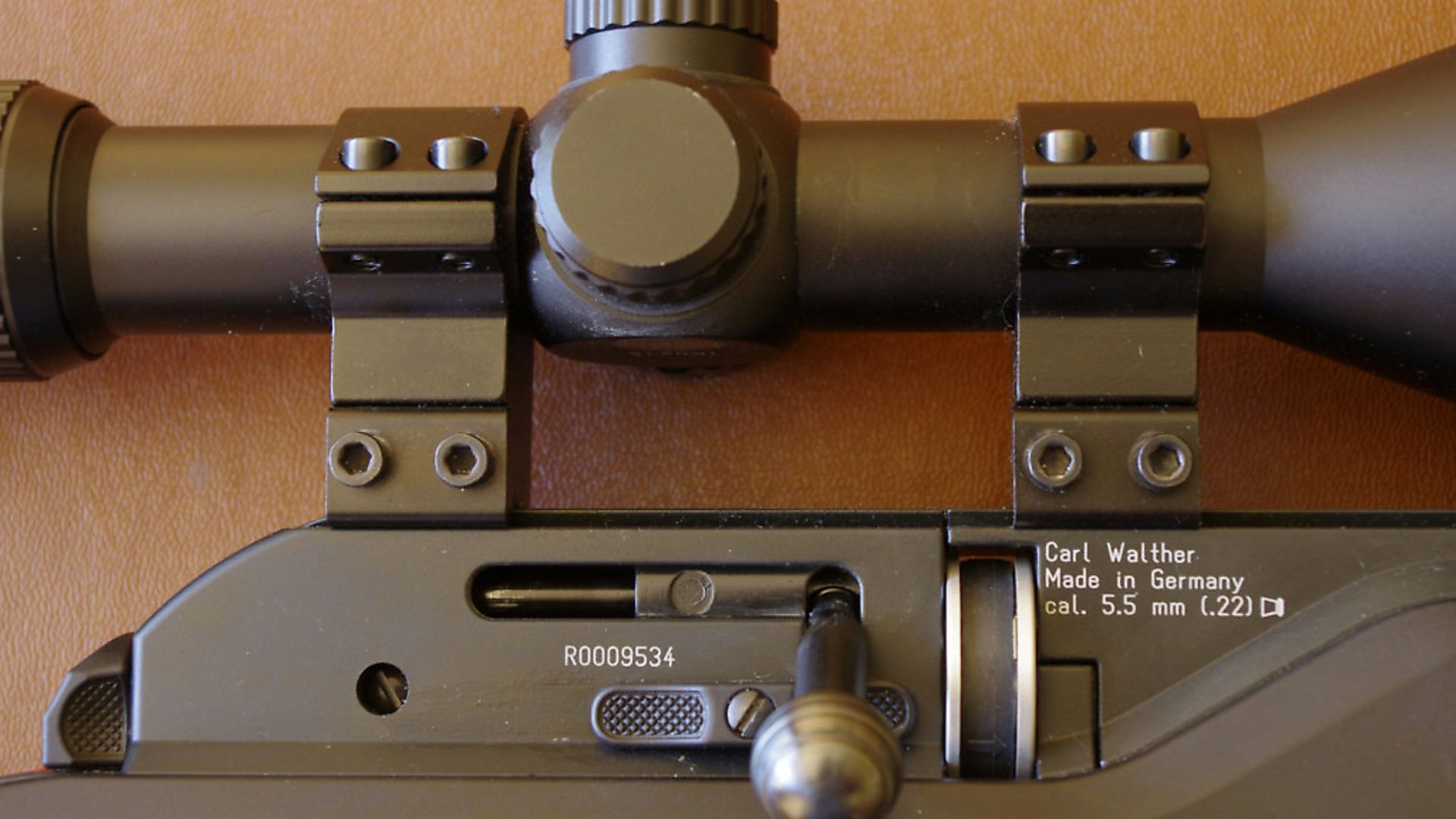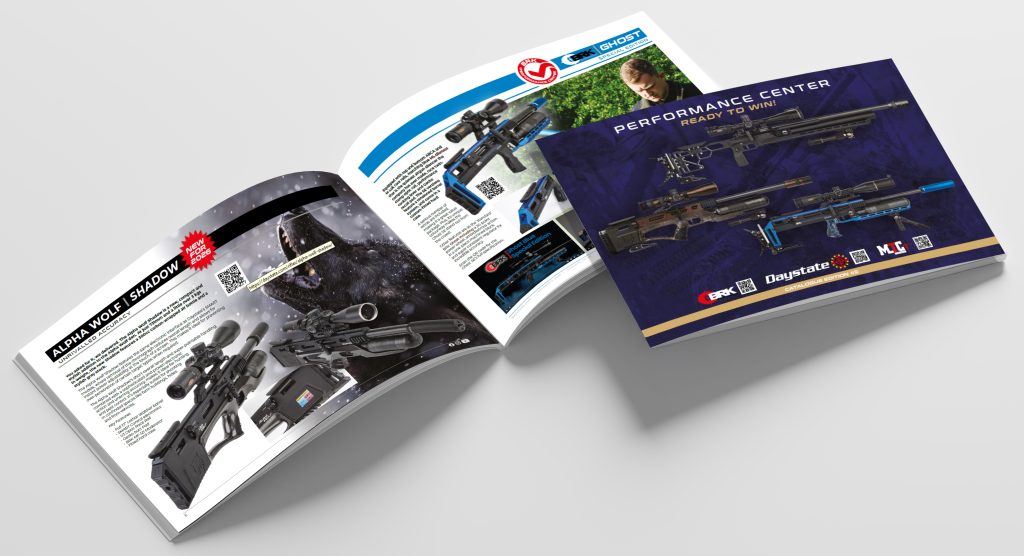“Why a PCP has changed my shooting – for the better”

Peter Yeats tells us why he would recommend trying a PCP
Wow! My first PCP; imposing, black, quiet, accurate, new – and mine!
Not so much ‘out with old and in with the new’ as semi-retirement for my much-loved Benjamin Trail and its replacement by a Walther RM8 Varmint. Of course, it’s not all change; it’s a sub-12 ft.lbs. air rifle and it has several similarities with the Benjamin Trail that it replaces.
The stocks are both synthetic, all-weather designs, capable of withstanding the worst of weathers without damage. They are ambidextrous, matte black, look impressive and handle well. The chequering provides lots of grip, and the panels are perfectly positioned. Pistol grips are firm favourites of mine, and those of the Benjamin and Walther RM8 Varmint are extremely comfortable in use and so aid my accuracy. Other similarities include calibre – both are .22 for greater retained energy when hunting, and weight – both are heavy airguns, feeling durable and stable in the field.
You might well be thinking that both guns are so similar that there must be some reason for buying the Walther. Of course, you’re absolutely right because the qualities it provides dramatically enhance the shooting experience. The trigger is a smooth and light, two-stage affair, adjustable for the length of each stage – a longer first stage means a shorter second. Even though it’s not fully adjustable or match grade, it is clearly superior to even the modified, now single-stage Benjamin unit.
Easy accuracy
The recoilless action makes shooting accurately much easier and although the challenge of consistently shooting a recoiling piston gun can be fun in itself, guaranteed humane, one-shot kills are what matter in the field. My RM8 Varmint delivers precisely that. Even off-hand, standing shots, where holding a heavy rifle precisely on target can be very difficult, are steadier and more accurate, but it is the recoilless performance when solidly braced that really eclipses the Benjamin.
At 40 yards, hitting a 20mm target used to be a real challenge, but now, the PCP challenge is to choose which side of the disc to hit, so my group sizes have almost halved. At my new preferred hunting zero of a metric 30 metres, groups of 10-12mm are pretty standard, whereas, for the Benjamin, 20-24mm would be my goal. The Walther will hold its own against most .22 calibre PCPs and my new challenges at the local range’s 30 metres, are 5mm spinners or the 5mm spheres on the handles of cocktail stirrers – unthinkable for my piston gun skills!
Also, with any piston gun, significant movement and time are required for a reload, making a quick second shot or discreet, unnoticeable reload sometimes very difficult. The Walther’s eight-shot magazine and bolt-action eliminate both difficulties. I find the robust metal magazine’s capacity perfect, never having encountered the need for more than eight consecutive, rapid-fire shots. The huge shot count means that, in reality, there’s no need to keep track of your shots. With the possible exceptions of ratting and the shooting range, there is more than enough capacity in its buddy bottle for any shooting session.
Smooth operator
The bolt action is pretty slick, too. By following the user guide’s instructions to lubricate the mechanism before use, an easy, smooth operation was achieved after a very short running-in period. The side location and action of the bolt itself reminds me of my air cadet days, shooting rimfire .22s half a century ago. I love the positive action and feel, as well as the nostalgia!
A bipod fitted to a piston gun changes the point of impact (POI), necessitating scope adjustment or mil-dot allowance. Fitted to the Walther, there is no change of POI so the built-in Picatinny rail, under the fore stock, allows a huge step forward by enabling the attachment of a Harris-style bipod easily and quickly. On my permission, even when I set out with the intention of stalking, I carry the bipod, and Allen key to attach it, in my combat trousers’ side pocket, so changing to a static, ambush hunt is achieved in a couple of minutes. Using the Walther from the prone position, with the bipod and a laser rangefinder, means a lower, less visible front profile, an absolutely stable shooting platform and one-shot accuracy out to my maximum hunting range of 40 metres. Even reloading with the Walther, from the prone position is, as expected, very easy and unobtrusive, requiring only slight movement of my right arm. Marvellous!
Any support
Stalking is also greatly improved with the Walther. No longer is there the need to concentrate on exactly the same hold, loose grip and consistent recoil, no matter what angle the shot taken. With the Walther, I can stabilise the rifle on the bough or trunk of a tree, gate post or wall – anything solid – hold the gun in the most comfortable grip and be certain that my point of aim will also be the point of impact, making stalking very much easier.
Of course, the gun wasn’t perfect. The Benjamin Trail came with a sling attached; the Walther had neither sling swivels nor easy mounting points. I wanted to keep the Picatinny rail free for the bipod so the first hunt was about carrying all that weight, and it became clear very quickly that the problem had to be solved. Fortunately, a tactical strap, in black webbing, provided the perfect solution. A loop goes over the barrel and a buckle attaches to the top bar of the stock, so it is easily and quickly removed or attached. It even has an adjustable buckle, enabling extension to the perfect length for a braced standing shot.
So, my first PCP really is a very different beast to the gun that it replaces; it makes shooting from every position easier, more accurate, more satisfying and, therefore, successful. To die-hard springer fans out there, I earnestly recommend trying a PCP, perhaps at your local airgun range or club. It might just turn the page to a brand new chapter in your airgunning enjoyment. I’ve also recently added a lamping kit that attaches to the, now, recoilless tube of my scope, but that, as they say, is another story.
__________________________________________________
Can a break-barrel be as accurate as an underlever?

